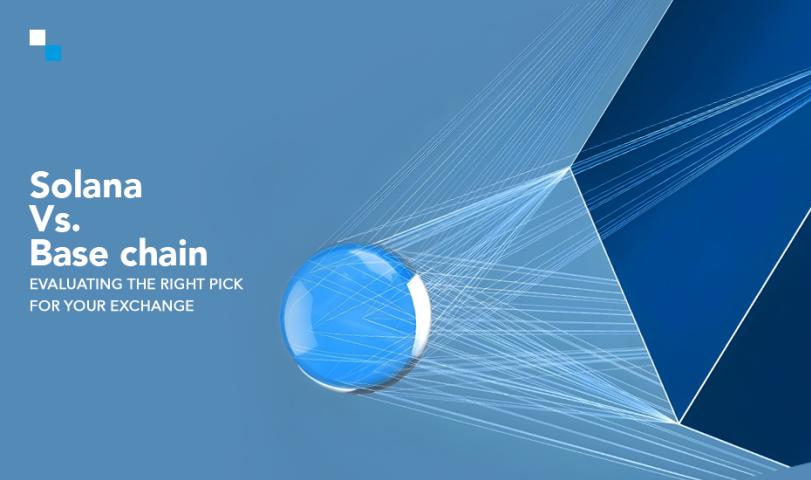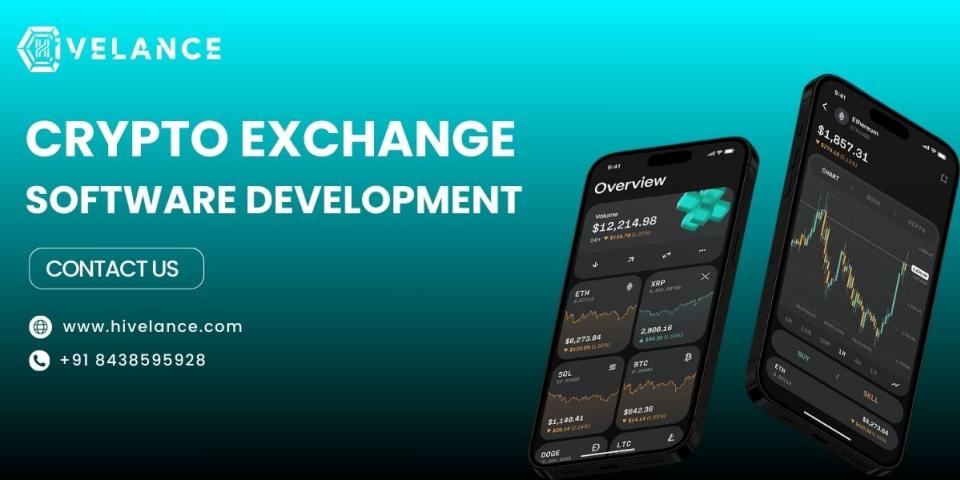In the fast-paced world of cryptocurrency, hybrid exchanges are emerging as a powerful solution to meet the diverse needs of traders and investors. This innovative model combines the best features of both centralized and decentralized exchanges, offering unique advantages that appeal to a broader audience.
In this article, we’ll explore the key aspects of hybrid exchange development and its significance in the cryptocurrency landscape.
What is a Hybrid Exchange?
A hybrid exchange is a platform that integrates elements from both centralized and decentralized exchanges. While centralized exchanges offer a user-friendly interface and faster transactions, decentralized exchanges provide enhanced security and control over funds. Hybrid exchanges aim to merge these two worlds, allowing users to enjoy the benefits of both while minimizing their drawbacks.
Advantages of Hybrid Exchanges
Improved Security: By combining features from both exchange types, hybrid exchanges can offer enhanced security measures. Users can retain control over their private keys while benefiting from the infrastructure of a centralized exchange, reducing the risk of hacks and thefts.
Faster Transactions: Hybrid exchanges often employ off-chain solutions for transaction processing, allowing for quicker trades and improved liquidity. This speed is crucial for traders who need to act swiftly in the volatile crypto market.
User-Friendly Interface: Unlike many decentralized exchanges, which can be complex for beginners, hybrid exchanges provide an intuitive interface that appeals to a wider audience. This accessibility can lead to increased adoption of cryptocurrencies among the general public.
Variety of Trading Options: Hybrid exchanges typically support a wider range of cryptocurrencies and trading pairs, giving users more choices. This variety can attract diverse traders, from beginners to seasoned professionals.
The Growing Demand for Hybrid Exchanges
The rise of hybrid exchange development is driven by the increasing demand for security, efficiency, and usability in trading platforms. As users become more aware of the risks associated with centralized exchanges, they seek alternatives that provide a better balance between convenience and security. This demand presents an opportunity for cryptocurrency exchange development companies to innovate and create solutions that meet these evolving needs.
Challenges in Hybrid Exchange Development
Despite the many advantages, hybrid exchange development comes with its challenges. One significant hurdle is the complexity of integrating the two systems effectively. Developers must ensure seamless operation between the centralized and decentralized components, which requires advanced technical expertise. Additionally, regulatory compliance is a critical issue. As governments around the world establish regulations for cryptocurrency exchanges, hybrid platforms must navigate this landscape carefully to ensure they meet legal requirements while maintaining user trust.
Conclusion
The truth about the rising hybrid exchange development is clear: it represents a significant evolution in the cryptocurrency market. By combining the strengths of centralized and decentralized exchanges, these platforms are poised to cater to the needs of a diverse range of traders. As a cryptocurrency exchange development company, embracing this trend can position your business at the forefront of innovation in the ever-changing crypto landscape. The future of trading lies in hybrid solutions, offering users the best of both worlds and paving the way for broader adoption of cryptocurrencies.









